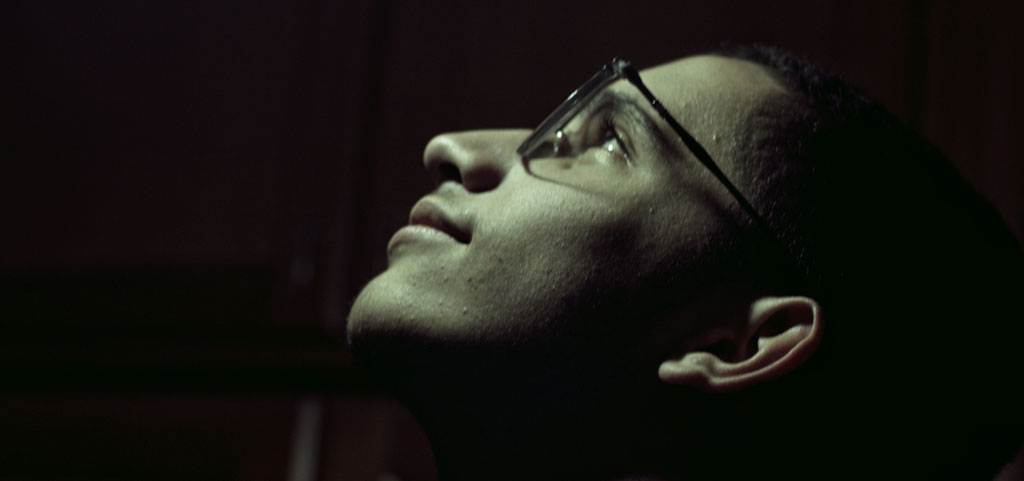Growth depends on anticipation.
The most successful companies don’t just react to change. They anticipate the category, consumer, and cultural changes that have the potential to derail or propel their business forward. And, they proactively plan against them (hello, Strategic Foresight).

Things were pretty murky even before the pandemic and the looming threat of global recession. It’s tempting to seek refuge in the more predictable short-term as a way of coping with the volatility, uncertainty, complexity, and ambiguity of today’s operating environment.
But, research shows that companies who focus on the short-term in the face of ambiguity risk leaving billions of dollars in earnings on the table. Those who remain focused on the long-term have been shown to have higher average revenue and earnings growth. 47% and 36% higher, respectively.
– Click here to jump to our strategic foresight playbook –
So, why don’t more business leaders focus on the future when facing uncertainty?
The hard truth is that most human beings are bad at imagining the future. In situations of uncertainty, we often aren’t even able to imagine the range of potential outcomes of the decisions we face. This is where strategic foresight adds value – helping us to break out of today’s frame and overcome the cognitive and strategic limitations imposed on us by today’s biases.

Even when we want to think differently and be future-oriented, there are still a few things that tend to stand in our way:
- Today’s frame – What exists today frames what we can imagine tomorrow. Without taking steps to deliberately step outside of today’s assumptions, biases, and norms, we can only imagine a narrow slide of what is possible.
- Champagne dreams, beer process – Foresight is often used in service of innovation, but there is a mismatch between the time horizon and scope of foresight initiatives, and the way that innovation ideas are evaluated and managed within many organizations.
- Strategy integration – Foresight is only useful if it’s connected back to present-day action and decisions. Trend reports that collect dust on a shelf somewhere help nobody.
- Decision-making frameworks – When decisions are made based on beliefs rather than insights/facts, we can end up focusing on the wrong things.

Ultimately though, it’s impossible to make a compelling case for the future without keeping people and culture at the heart of the process.
Anticipating the consumer and cultural changes that have the power to reshape your category depends on an understanding of emerging needs, wants, and expectations. Meeting real people in the real world is essential.
At The Sound, people come first.
From innovation and re-imagination to whitespace mapping and strategy development, our approach to foresight to drive growth for your business begins with human empathy and understanding.
We will always provide you with an actionable understanding of potential futures, giving you not just a view into what may come, but how to begin planning against it today to gain a competitive advantage and avoid potential risks.
– Click here to download our strategic foresight playbook –
Strategic Foresight at the Sound. Outcomes-focused. Driven by human and cultural understanding. Grounded in present-day action. Contact David Akermanis to learn more!


